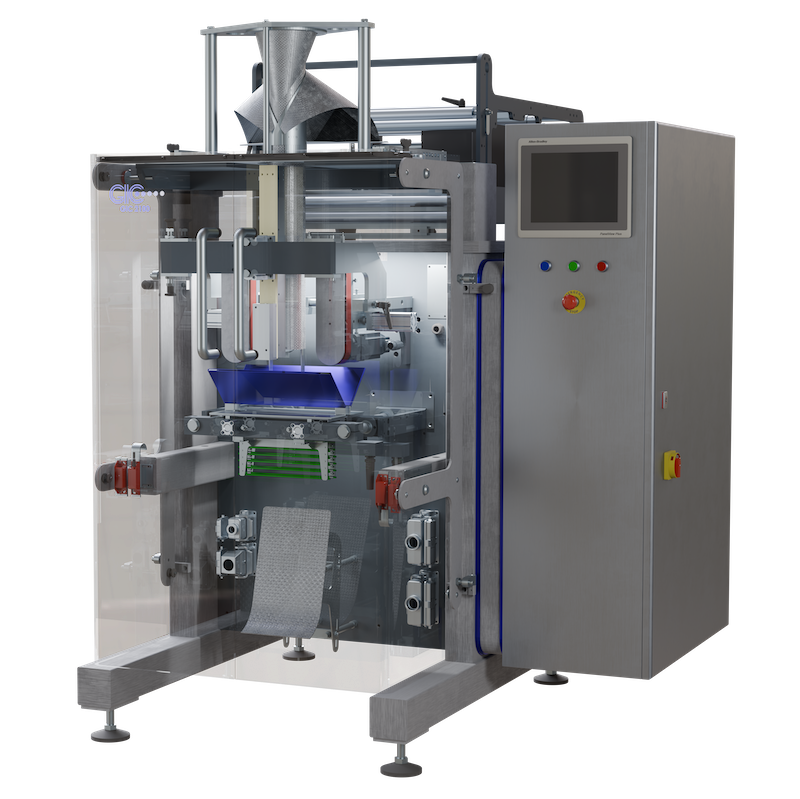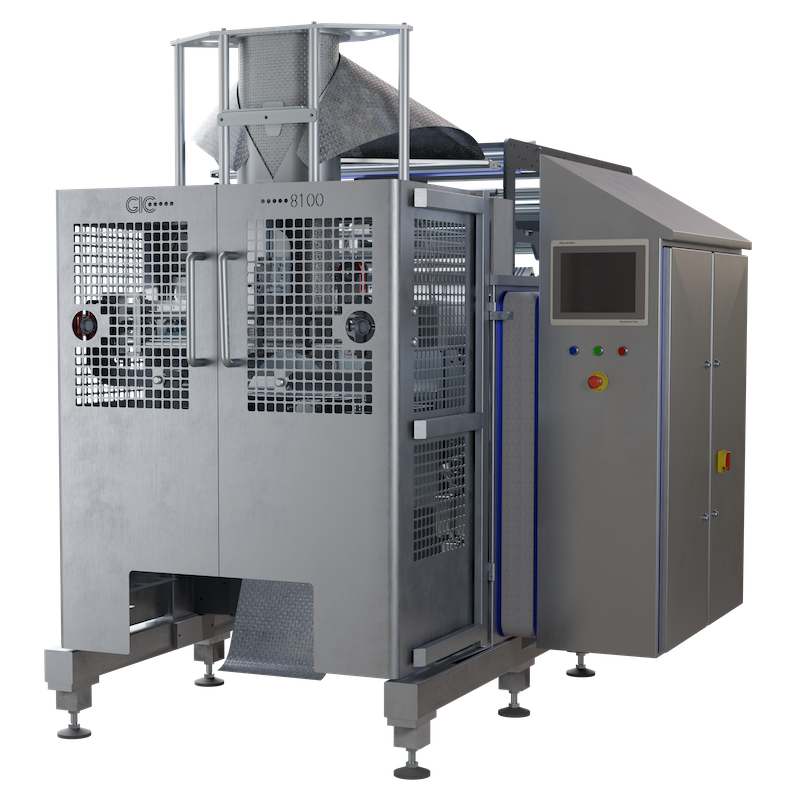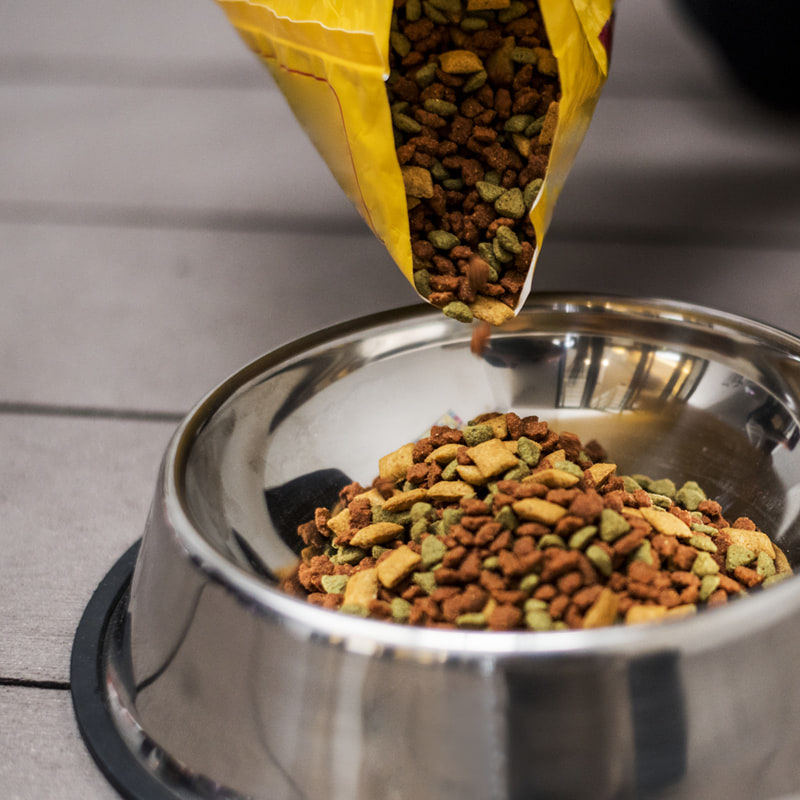Vertical form fill and seal packaging machines: Increasing efficiencies and lowering costs
Over the last 35 years, GIC has helped many food producers bridge the gap between being a small and medium company.
It’s a well-trodden route in the food industry, starting out at home, moving into their first commercial kitchen and then onto larger premises.
There is a tipping point. That moment when the staff cannot produce and pack the product quickly enough to meet demand. Labour is a significant expense and is in short supply at this moment in time. This means automation is key to lowering overheads and increasing productivity and efficiencies.
Vertical form fill and seal packaging machines combined with a basic weigher or even a multi-head weigher are a popular option for many companies at their moment of transition. We’ve seen it many times.
Moving from hand-packing to an intermittent vertical form fill and seal machine allows businesses to redeploy or reduce their labour and swap from pre-made bags to film. Both of these changes will save them money.
Yes, there is the initial outlay of purchasing the vertical form fill and seal machine, but this is repaid through the increased output. At GIC, as well as supplying brand new machines, we also offer full factory refurbished machines which are considerably cheaper. We also provide vertical form fill and seal machines on a rental basis. Both of these options are attractive to young, fast-growing companies which need to scale up production quickly.
As well as increasing throughput, combining a vertical form fill and seal machine with a linear or multi-head weigher will deliver precision packing, where the volume or weight of the packed product is consistent.
The importance of a suitable weigher cannot be overlooked. A weigher can throttle production by limiting the flow of the product. A liner weigher might only deliver 30 packs per minute to the packaging machine. In contrast, a multi-head weigher will be a lot faster.
Pairing the correct type of vertical form fill and seal machine with the right weigher is another essential consideration.
We’ve spoken about the differences between the two types of GIC vertical form fill and seal machine – intermittent and continuous motion. Deciding on which one to go for can be difficult.
We recommend future-proofing where possible. A continuous motion machine is quicker than an intermittent machine, so it will meet a growing company’s needs both now and in future. An intermittent machine is ideal for packing up to 60 packs per minute. Above that rate, a continuous motion machine is needed.
If your food business is growing, we wish you every success. If you need any help or advice on how to improve the efficiency of your production line and lower your costs, don’t hesitate to call us on 01427 611885, email info@gic.uk.net or fill in our contact form.





















